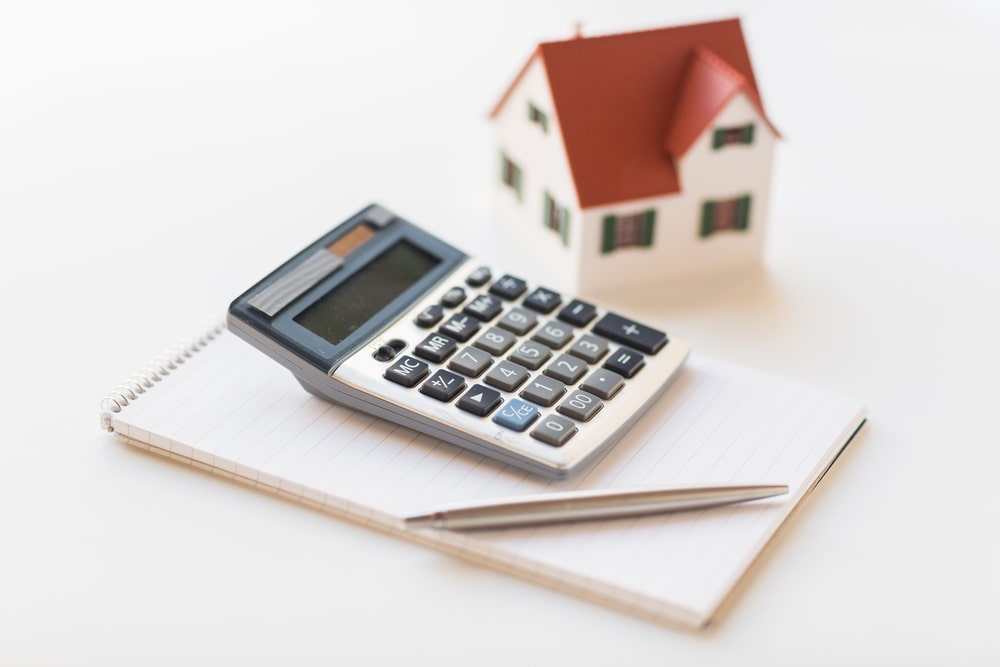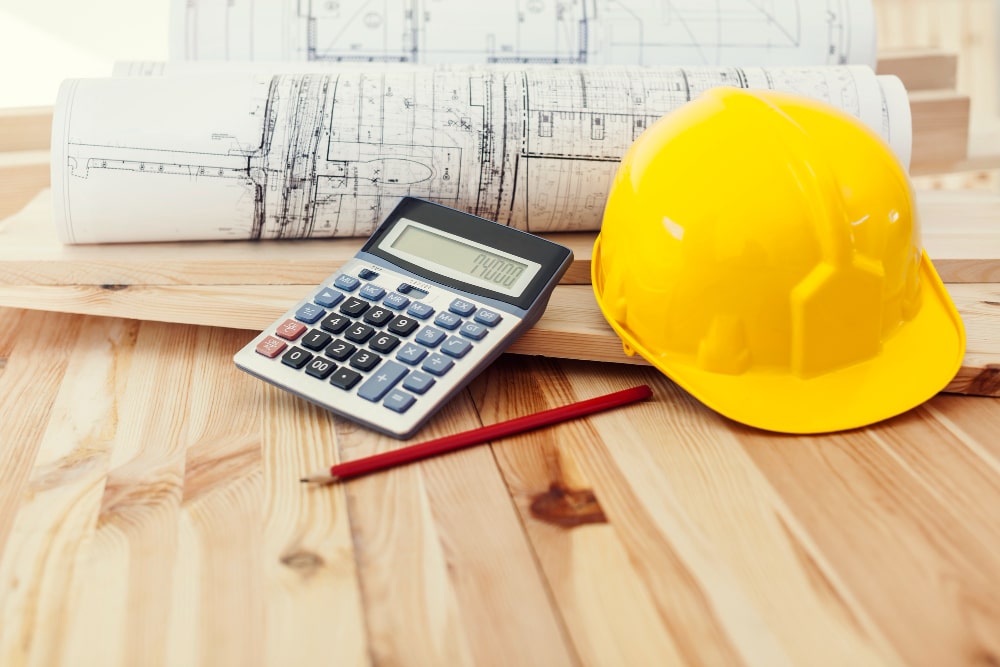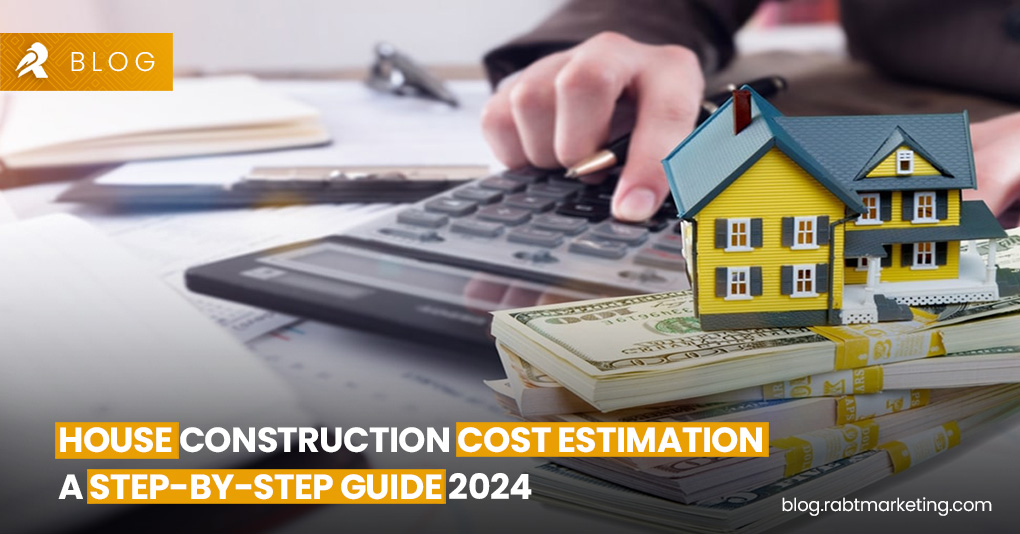What is Cost Estimation ? Construction cost estimating involves calculating the expenses involved in a construction project. This includes materials, labor, equipment, and other related costs. Estimating the cost of construction requires careful consideration of various factors such as project scope, materials needed, labor requirements, and market conditions.
Simply we can say that, it’s a way to calculate how much money a construction project will likely require. In this blogpost, from material estimates to labor costs, we’ve covered each and every thing in cost estimation process.
How to Estimate Construction Costs?
Various methods and tools are available to estimate construction costs. The goal is to make accurate predictions to ensure projects stay on budget and on time. This is crucial for winning bids and making profits in the construction business.
As a construction cost estimator, your job is to figure out the expenses involved in a project. This includes materials, labor, equipment, and other costs like permits and legal fees. It’s about getting the details right to avoid costly mistakes later on.
Types of Cost Estimates
There are different types of construction cost estimates, ranging from rough initial guesses to detailed breakdowns. Each type serves a specific purpose in the estimation process.
Preliminary Estimate: A rough estimate based on limited information.
Plinth Area Estimate: Plinth area estimate is based on the building’s plinth area. It is the Estimate based on the building’s external dimensions and other structural factors.
Cube Rate Estimate: Calculating costs based on the total volume of the building.
Elemental Estimate: Breaking down costs to specific elements of the construction, like structural frames and finishes.
Detailed Estimate: A thorough breakdown of costs, including labor, materials, and equipment, divided by trade.
Calculating construction costs involves gathering detailed information and making accurate calculations. This includes direct costs like materials and labor, as well as indirect costs like utilities and legal fees. It’s essential to factor in all expenses to ensure an accurate estimate.
10 Steps Guide to Calculate the Construction Cost of a Home

1. Determine the Scope of Project: Decide on the size of the home, number of rooms, layout, and any specific features you want.
2. Create a Detailed Plan: Work with an architect or designer to create a detailed plan for the home. This will help in estimating material quantities and costs accurately.
3. Estimate Material Costs: Research the current prices of construction materials such as cement, bricks, steel, lumber, roofing materials, plumbing fixtures, electrical wiring, etc. You can get quotes from suppliers or check online resources.
4. Labor Costs: Estimate the cost of labor required for different stages of construction. Labor costs can vary based on location, the scope of the project, and the skill level of workers.
5. Additional Costs: Consider other expenses such as permits, land preparation, excavation, site utilities, landscaping, architect fees, engineering fees, and any unforeseen expenses.
6. Contingency: It’s wise to include a contingency fund of around 10-15% of the total estimated cost to cover unexpected expenses or price fluctuations.
7. Calculate Total Cost: Add up all the estimated costs, including materials, labor, additional expenses, and contingency.
8. Get Multiple Quotes: It’s a good idea to get quotes from multiple contractors to ensure you’re getting a fair price.
9. Review and Adjust: Review your budget and plans regularly as the project progresses. Adjustments may be necessary due to changes in material costs, design alterations, or unforeseen issues during construction.
10. Finalize Budget: Once you have all the necessary information, finalize your budget and ensure you have enough funds to complete the project.
Common Challenges in Cost Estimation

There are common pitfalls to avoid when estimating construction costs:
Review Your Work: Take your time and review your estimates to catch any errors.
Stay Updated on Costs: Material and supply costs can fluctuate, so keep track of changes.
Don’t Underestimate Labor Costs: Labor expenses can add up quickly, so estimate accurately based on projected hours.
Why Use Cost Estimating Software?
Cost estimating software simplifies the estimation process, making it faster and more accurate. There are multiple famous cost estimation software, including
- Construct Connect’s
- PlanSwift
- Autodesk Construction Cloud
These tools help organize costs, labor rates, and materials, reducing the risk of errors and streamlining the bidding process. If you want to read about the key responsibility of Home Contractor, Click here
FAQ’s
Q. What role does construction cost estimating play in a project?
Ans. Construction cost estimating helps project planners and builders predict how much a construction project will cost. It’s essential for budgeting, securing funding, and ensuring profitability.
Q. Can anyone become a construction cost estimator, or do you need specific qualifications?
Ans. While there are no strict requirements, a few Courses in construction management or estimating can be helpful, along with on-the-job training.
Q. How accurate are construction cost estimates?
Ans. The accuracy of estimates can vary depending on factors like the level of detail available, the estimator’s expertise, and market conditions. Generally, preliminary estimates have a wider margin of error, while detailed estimates are more accurate.
Q. What software tools are commonly used for construction cost estimating?
Ans. There are several software options available for construction cost estimating, ranging from basic spreadsheet programs to specialized estimating software like Quick Bid, Planswift, or Autodesk Construction Cloud. These tools help streamline the estimation process and improve accuracy.
Q. How often should construction cost estimates be updated throughout a project?
Ans. Construction cost estimates should be updated regularly as new information becomes available and project conditions change. Major milestones, design changes, or fluctuations in material prices can all impact the accuracy of estimates, so it’s essential to keep them up-to-date.
Conclusion
Cost estimation is a vital skill in civil engineering and one of the most important steps in any building project. If you want to construct your own home, this skill can help you a lot in understanding the complexity of the entire construction project. If you are a civil engineer, expertise in cost estimation can help you earn a lot of money. It requires attention to detail and careful planning to ensure accuracy and profitability. By using the right tools and techniques, you can improve your chances of winning bids and delivering successful projects. So, take your time, stay organized, and make every estimate count towards your success.

